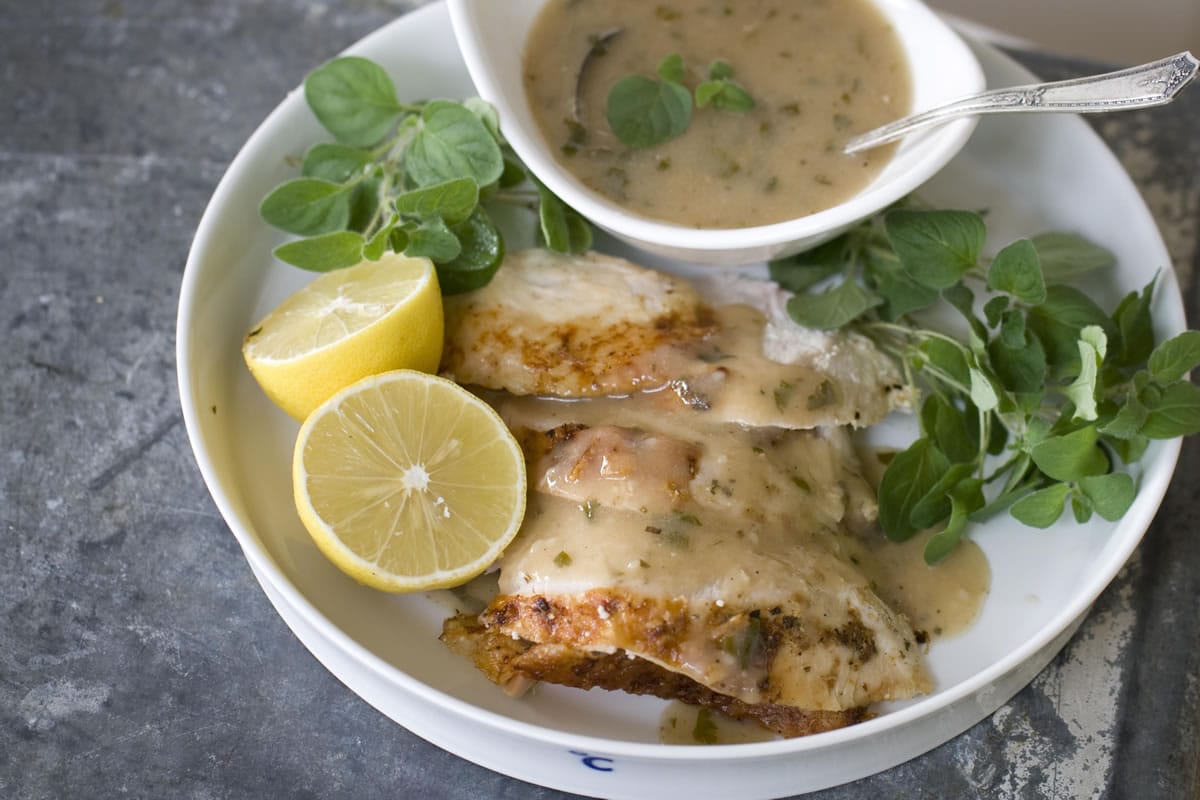When buying a bird for Thanksgiving, it's good to be able to talk turkey. What's frozen, organic, heritage or kosher? Here's a guide to help.
• Free-range: This is a legal definition that requires that the birds be raised having access to the outdoors. There's a bit of wiggle room. They don't necessarily need to have access to pasture or grass, just the outdoors, which can mean dirt or gravel.
• Fresh: Legally, it means that a turkey has not been chilled below 26 degrees. Practically speaking, a 26-degree turkey is still as soft as a bowling ball.
• Frozen: The turkey has been chilled to 0 degrees. It should be noted this doesn't necessarily mean an inferior bird. Properly frozen, stored and defrosted, it can be delicious.
• Hard- or deep-chilled: An intermediate step that means it has been chilled to between 0 and 26 degrees.
• Hen: This is a female bird and they usually come in at less than 16 pounds.
• Heritage: This is probably the hottest category among food lovers, but it is not legally regulated. Basically, it means anything but the standard turkey breed, which is the Broad-Breasted White. Heritage birds tend to be leaner with less meat, which means they won't feed as many people and will dry out if not cooked carefully. They also have a gamier flavor, which is appreciated by some but not everyone.
• Kosher: Turkeys that have been slaughtered and cleaned in accordance with kosher law. Notice that while they have been briefly salted to draw out any remaining blood, this is not the same as brining. There is lots of confusion about this, but koshering requires salting for only one hour before rinsing, which is not at all the same as brining for several days.
• Natural: Basically no added ingredients and only minimal processing - no injecting flavors or brining.
• Organic: Turkeys raised without hormones and steroids and have been processed without preservatives. In addition they have been fed only organic feed and have ready access to the outdoors.
• Pastured: This is a new, non-regulated definition that is kind of like free-range-plus, as the birds have had access to grass.
• Self-basting: The familiar supermarket turkeys injected with flavor solution or brine to keep them from drying out.
• Tom: This is a male turkey, which usually means it weighs more than 18 pounds.



